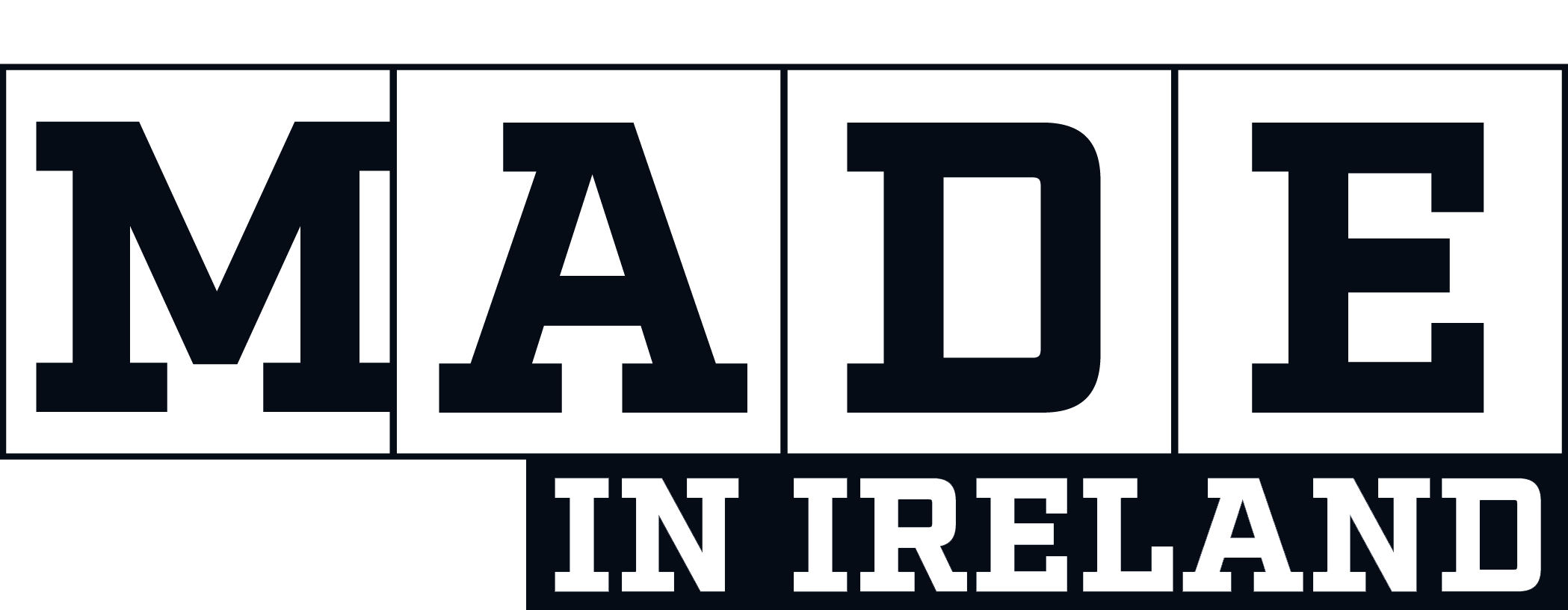Premium Designs for Better Value: Exploring the Uses of DC Motors
Every designer has to work within cost constraints, but they must be balanced against the outcomes and the demands of the project, argues Tamas Hertelendi of maxon UK & Ireland. When you’re sending a space rover over 40 million miles to Mars to search for previous signs of life, you don’t look to make cost savings by procuring low-cost motor technology. This is a prime example of the uses of DC motors in space exploration, where reliability and performance are critical. That’s why NASA’s engineers installed high-performance, ultra-reliable maxon DC motors in their Perseverance rover, currently exploring the red planet, as well as in the ground-breaking Ingenuity drone – the first drone ever to fly on another planet.
Also read: Why BLDC Motors for Ventilators Are the Best Choice for Medical Devices
High-Performance Compact DC Motors for Robotics and Aerospace
Not every organisation has NASA’s budget. But then again, the relative cost of a premium DC motor isn’t beyond the financial power of most OEMs or end users who rely on them. Instead, the decision usually comes down to short-term procurement cost compared to the value that can be achieved long-term. Compact DC motors must typically fit within a particular space envelope, and this is an area where innovation in motor design has a distinct advantage.
Leading technology, such as coreless rotors, optimised windings, as well as multi-pole configurations, assists in generating a high level of torque relative to motor size. As a result, a much smaller motor can be used, or alternatively, more torque can be generated for the same space envelope. The uses of DC motors in such innovative designs allow for increased performance in industries like aerospace, ROVs (remote operated vehicles), and AMRs (autonomous mobile robots).
Efficiency and Reliability in DC Motor Design
For applications such as aerospace, ROVs, and AMRs, weight savings are also critical. Lower mass can increase application dynamics, while reduced weight could enable a higher payload or installation of additional battery power. maxon recently received an ROV application design that included four drive motors, based on large, 42mm diameter designs, reaching nearly 200mm in length. The motors specified were just a third of the size – and still outperformed the original ones in terms of torque generation. Additionally, maxon’s compact miniMACS6 programmable multi-axis controller was integrated.
Combined, this gave the customer a huge space-saving, enabling them to double the battery size and dramatically increase the range of their vehicle. Technology such as a coreless design, optimised windings, and more powerful magnets also contribute to higher efficiency, another advantage particularly important for designers of battery-powered devices.
Thermal Management and Enhanced Motor Reliability
Enhanced efficiency also leads to improved thermal management, which is crucial for motor reliability. A recent project involving a humanoid robot head required specifying over 25 motors to control features such as the eyes, nose, and mouth. Within such a space-constrained footprint, and with so many motors operating together, it was imperative to rely on designs that would run at a relatively low temperature. This principle applies not just to thermal management but covers all aspects of motor design that impact reliability, whether that be the bearings, electrical integrity, or sealing from ingress.
For applications where motor operation is critical, like drone flight or implanted medical devices, the need to ensure reliability is clear: uses of DC motors in these areas require product compliance with standards like SN EN ISO 13485 for medical devices, EN 9100 for aerospace, and DO-160-G for aviation.
Precision and Durability in Premium DC Motors
However, if motors are not mission-critical, should engineers use inexpensive commodity motors? Depending on the application, opting for a durable motor that lasts ten times longer than a low-cost design could help balance the long-term replacement costs. The expense of downtime resulting from a failed motor could also be significantly higher than the price of the motor itself.
Premium compact motors are also often characterised by the precision and dynamism they can achieve. For applications that rely on high performance, many engineers will already specify appropriate motor technology. While precision is critical for applications such as surgical robotics, and dynamism is vital for systems like high-performance automotive brake control, designers from widespread sectors can enhance their applications by optimizing the specification of the complete drive system. This shows the varied uses of DC motors across high-performance sectors.
Custom Solutions for Advanced Applications
To achieve precision, technology such as a coreless motor design that removes cogging torque is typically involved, along with the right gear head, encoder, and precise motor controls. Meanwhile, to optimise dynamism and enable rapid changes in torque, speed, and position, a low inertia approach combined with responsive control is crucial.
Whether the requirement of the drive system is to optimise performance, reliability, design integration – or elements of various criteria – engineering expertise in support can be key. Customisation of the motor or gear might also be advisable to achieve specific characteristics or meet certain environmental conditions. Engaging with a drive system specialist that has a holistic approach to quality, from product design through to service support, ultimately improves application reliability and performance. Uses of DC motors in these specialised designs increase value in the long term.
The uses of DC motors have become essential in various industries, such as robotics, aerospace, and medical devices, demonstrating their ability to offer long-lasting, high-performance solutions for demanding applications.










